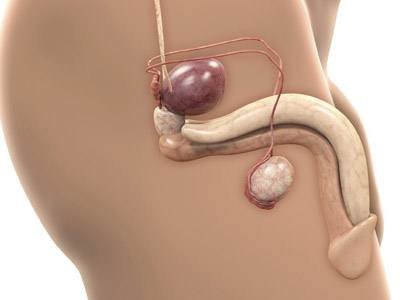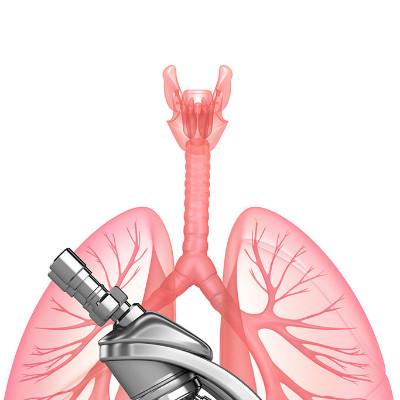What are the symptoms of anisometropia in children?
summary
Anisometropia refers to the significant difference in the nature or degree of refraction between the two eyes. Generally speaking, it is rare to have the same refractive state of two eyes, but it is common to have slightly different refractive states. Clinically, anisometropia is divided into physiological and pathological, and the division of the two is based on the unified trial standard proposed by the National Children's amblyopia and strabismus prevention and treatment group (1985), that is, the difference between the two eyes' diopter of spherical lens ≥ 1.50D, and that of cylindrical lens ≥ 1D is pathological anisometropia. What are the symptoms of anisometropia in children? Next, I'd like to share my views with you.
What are the symptoms of anisometropia in children?
Most people with mild anisometropia can have normal binocular vision. However, if the anisometropia is more than a certain degree (most authors think that it is more than 2.5D), the vision of the other eye is blurred when one eye can see the target clearly with the same degree of adjustment,
In this way, it will be difficult for binocular fusion to form binocular single vision. Patients can only focus on the target with good eyes, which is called monocular vision. Amblyopia and strabismus were easily formed in one eye with poor vision. The maximum difference between the two retinas that our brain can tolerate is 5%, beyond which we cannot fuse into a single image
When two eyes have good vision, for example, one eye is emmetropic or slightly hyperopia, and the other eye is slightly myopic. In the long-term, patients will be used to emmetropia or mild hyperopia, while in the near-term, they will use the eyes with mild myopia to take on the different tasks of long-term and near-term, that is, to form alternate vision. People with alternate vision seldom use adjustment, so they have less eye fatigue symptoms
matters needing attention
We should prevent consanguineous marriage and reduce the incidence of strabismus, color blindness and congenital cataract caused by autosomal abnormalities; Prevent infectious diseases during pregnancy and use forceps carefully during delivery; Improve the level of perinatal health care, reduce the damage to the brain and visual organs of infants; 3. Early refractive correction for amblyopia children to reduce the incidence of accommodative esotropia and amblyopia.
















